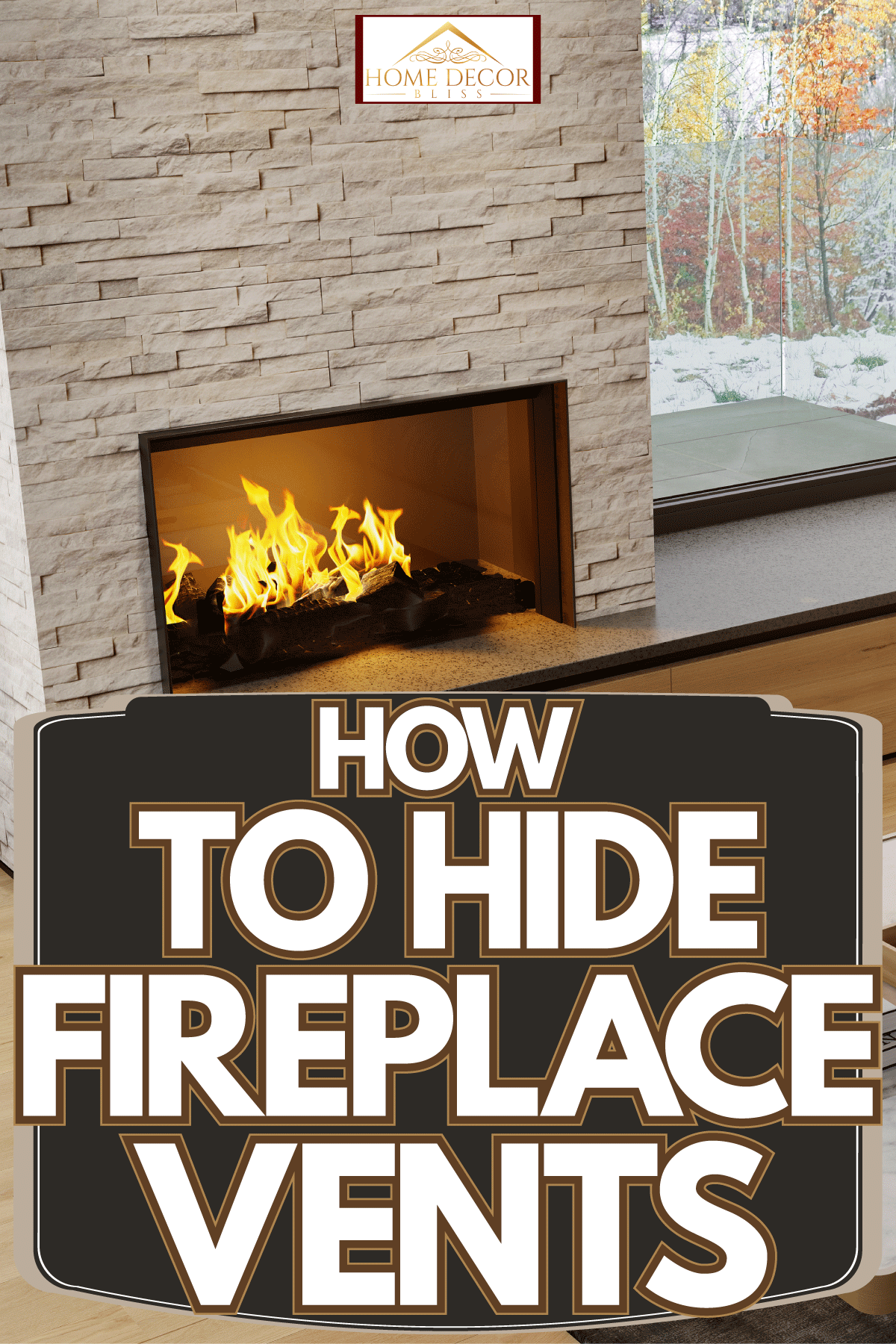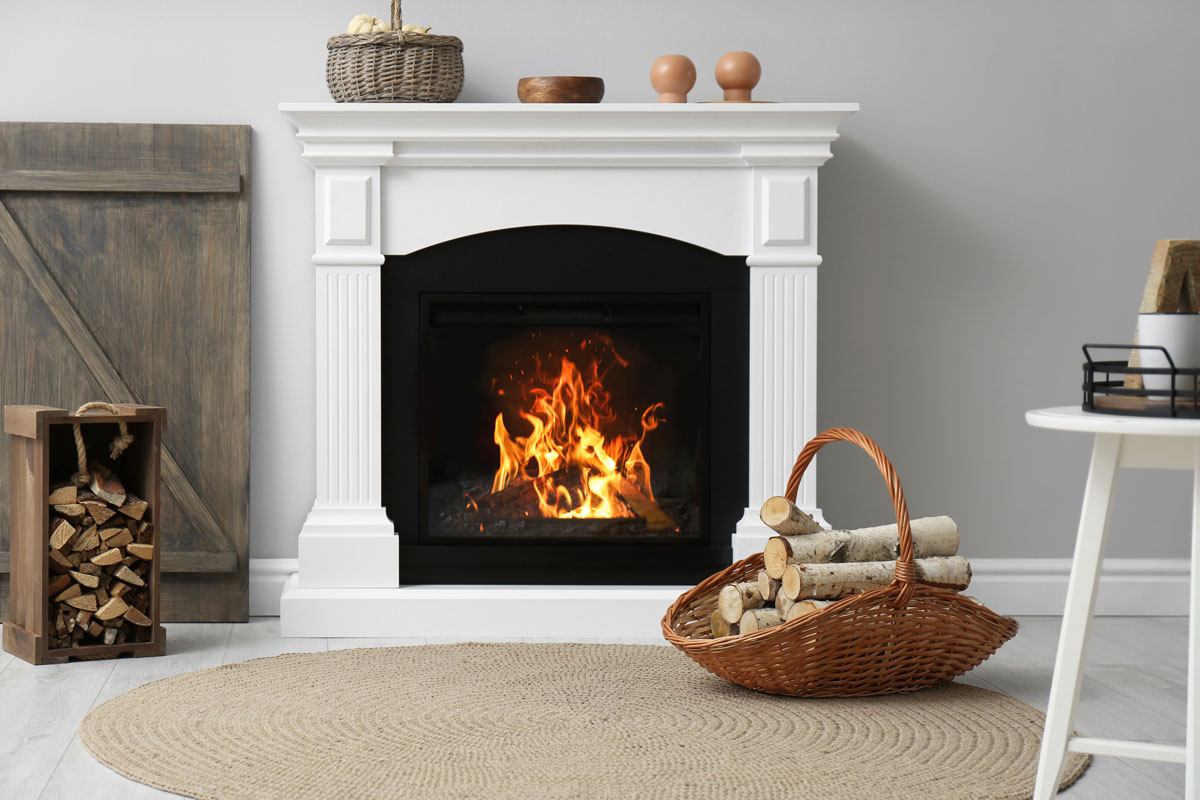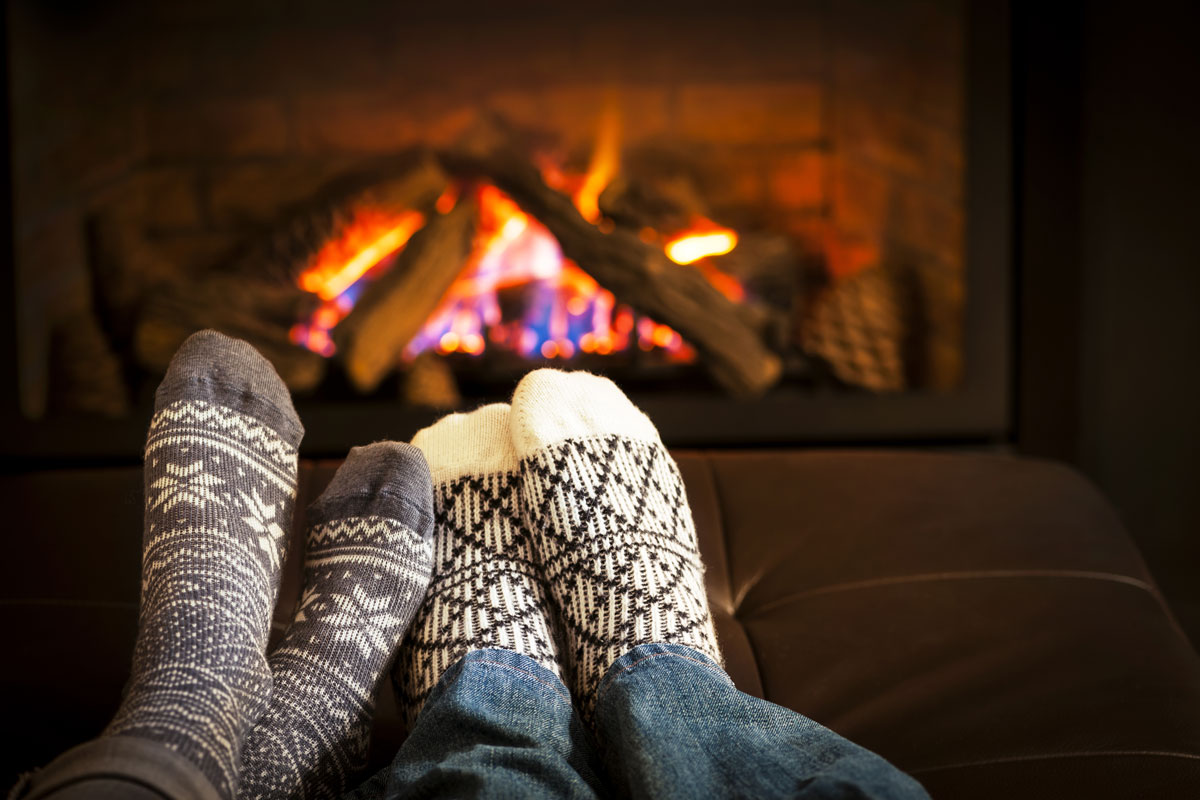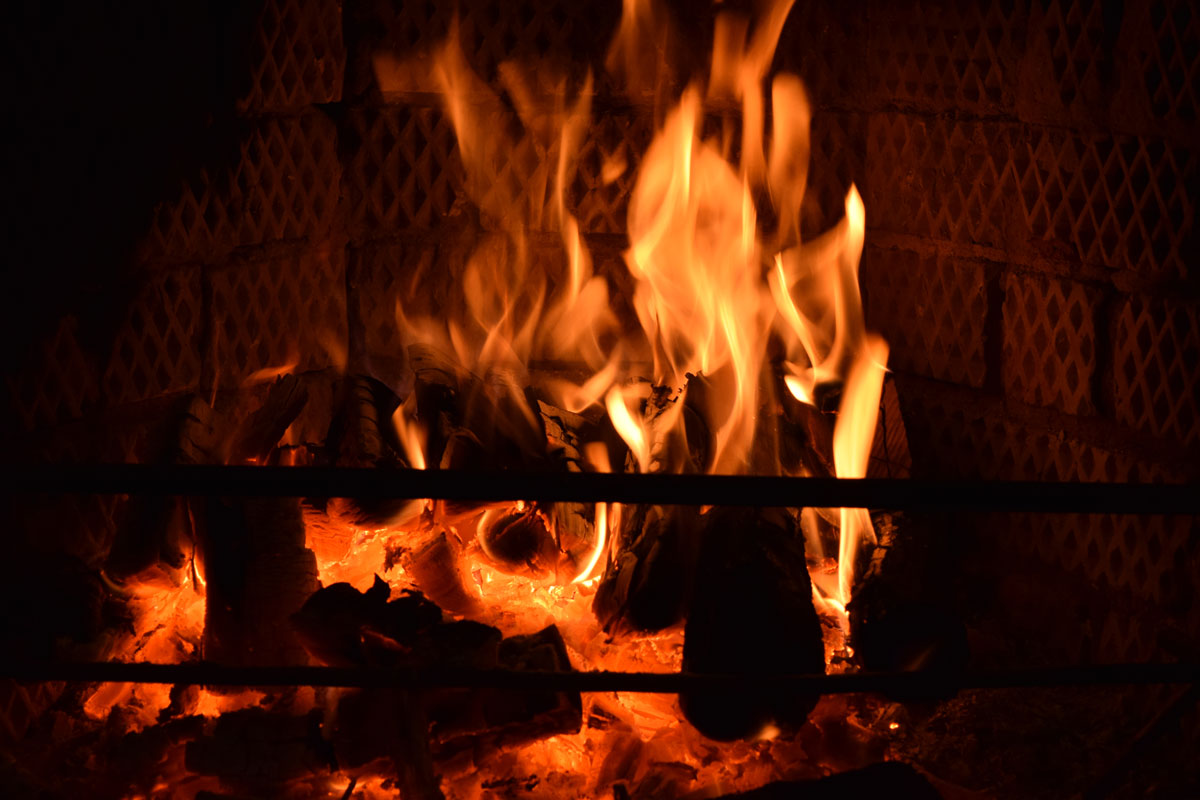A fireplace is a great centerpiece for any living room, thanks to the heat it brings during the cold winter months. In this post, we've researched the topic of having fireplace vents, and we will talk about how you can hide these vents and how to use them properly.
Fireplace vents can be hidden using magnetic fireplace vent covers. These vent covers can easily be installed by placing them directly on top of the fireplace vents. Using these covers can help block the cold air from entering the vents, which often causes heat loss.
Knowing how we can hide fireplace vents can definitely improve the heating power of your fireplace. This is why we will be discussing this more in this post. Keep reading as we talk about what the purpose of fireplace vents is, how to use them properly, and how you can make them warmer or cooler in your home.

How To Hide Fireplace Vents
A fireplace is a very important part of any home. While there are many different types of fireplaces available nowadays, most of them are installed with vents in place. Fireplaces that come with vents installed are typically gas-powered or traditional fire-burning fireplaces.

We sometimes add affiliate links and content that was curated and created by our team with the help of advanced ai tools to help showcase the best design styles.
Most of the time, people find that they lose the heat in their living rooms while they are using the fireplace. It often confuses a lot of people because while the fire is burning, the atmosphere in the room is anything but cozy. This is because the fire is sucking out the warm air from the room, and it releases it out towards the chimney.
In order to prevent this from happening, you should cover the fireplace vents to trap the warm air inside the room. Typically, most fireplaces have a vent that allows the air to circulate and keep the fire burning. However, these vents are also the cause why there is heat loss because cold air goes down from the chimney.
You can cover your fireplace vents using magnetic fireplace vent covers. These are simply long magnetic sheets that you put over your fireplace vents. Their purpose is to keep the cold air out during winter, and it keeps the hot, humid air from entering your home during the summer.
Check out these magnetic fireplace vent covers on Amazon.
If you find that your rooms are still close to becoming a freezer during the winter months, it's probably because you did not cover the outdoor vents of your direct vents. To keep the vents covered while the fireplace is not in use, it is also best to put a fireplace termination cap cover to keep the cold air from going into your home.
See these termination cap covers on Amazon.
Why Do Fireplaces Have Vents
Fireplaces typically have a vent that allows air to properly circulate and allows the fire to keep burning. The purpose of the vent is to draw fresh air needed for combustion to the firebox. It also needs a place for the exhaust and by-products to be expelled outside.
The firebox is the place where you burn gas or firewood to get the heat going. This is where all the heat in the fireplace is generated. The air that circulates through the vents gets heated and this is what makes your room warm.
However, there are also some disadvantages to having a vent. Sometimes when you enter a room, you might find that it is too cold during the winter even if the doors and windows are closed. In the summer, you can sometimes feel that the room is overly hot, even if the A/C is blasting at its highest setting.
Why is this happening, you ask? An uncovered fireplace allows the cold, drafty air outside to enter the home, and the radiant heat from the fire produces hot air that goes up the chimney. This is not what we want to happen. What we want is for the radiant heat to stay with us in the room, as well as the warm air that it produces.
In the summer, the hot air lingers inside the room, and if the vents are left open, hot, humid air can enter through these passages. This makes the room feels stiflingly humid and hot.
How To Use Fireplace Vents Properly

A fireplace is of no use if there is a fire going, yet the air feels like you're sitting in a pile of snow outside. While the ambiance looks great, what we really need is the heat that we should be getting from these fireplaces.
To use the fireplace vents properly, here are some steps on what you should do when lighting a fire in your fireplace.
- Start off by placing two dry seasoned logs in the fireplace grate. Put some dry kindling like twigs, bark, or dry pine needles between the logs, as well as some loosely crumpled newspaper underneath the grate.
- On the top of the firebox, check for the vent lever and open the vents at the top. Wait for the vent damper to open up.
- Close all the windows and doors, and make sure that there are no exhaust fans running before you start the fire. If the vent is fully open, the chimney will start to heat, and the smoke will vent properly and not billow inside the living room.
- Using a fireplace match, light the newspaper under the grate.
- The fire should catch, and you'll have a roaring fireplace started in no time. After using the fire, let the flames completely die, and the coals are completely cooled before closing the vent damper.
- When everything is completely extinguished, close the vent tightly to prevent the cold air from entering your home.
To keep the draft out of the house after using the fireplace, you can also put up a fireplace blanket over your screen. This will help stop the heat loss you might experience after putting out your fireplace.
See this fireplace blanket on Amazon.
How Do I Get More Heat From My Fireplace?

There are many different ways to keep the heat inside your home while using your fireplace. When the fire is roaring in the fireplace, combustion is happening, and the radiant heat that you feel when you're sitting close to the fire is only a fraction of the energy it generates. Here are some ways to keep the warmth going:
Prevent Heat Loss
When we start a fire, convection happens when the fireplace draws in the cold air downwards, pushing the hot air upwards and throughout the whole room. To prevent the warmth from dissipating too quickly, keep the damper closed to keep the warm air from the convection inside the room.
If your damper needs a little help in keeping the vent closed, you can use an inflatable chimney plug to keep the warm air in and cold air out. These chimney plugs are easy to use, and they are great to have in the emergency that your damper isn't working as well as it should be.
Get this inflatable chimney plug on Amazon.
Blow Warm Air Efficiently
When the fire is still burning, hot air will inevitably be released through the chimney. One of the best ways to keep it in is by using a fireplace blower to help the hot air circulate in the room for a longer period. Depending on the model of your fireplace, there are easy-to-install blower fan kits that can do this job for you.
Check out this blower fan on Amazon.
You should also keep the damper partially closed when the fire is burning hot to prevent lots of hot air from going out. You can also add a glass fireplace barrier in front of the fireplace to help keep the heat in. Convection still happens even with the barrier, as long as you don't prevent the cold air from keeping the fire from burning.
Final Thoughts

Having a fireplace for your home is great, but it can get pretty annoying if you find that the draft is coming in and you're losing all the heat in the room. Fortunately, heat vents can be hidden by using specific magnet covers that help keep the draft and humid air out of your homes. With these covers, your living rooms will always be warm and toasty on cold nights.
Looking for more fireplace-related information? Look no further because we've got the perfect articles for you:
What Are The Parts Of A Fireplace?
How High Should A Fireplace Mantel Be?





